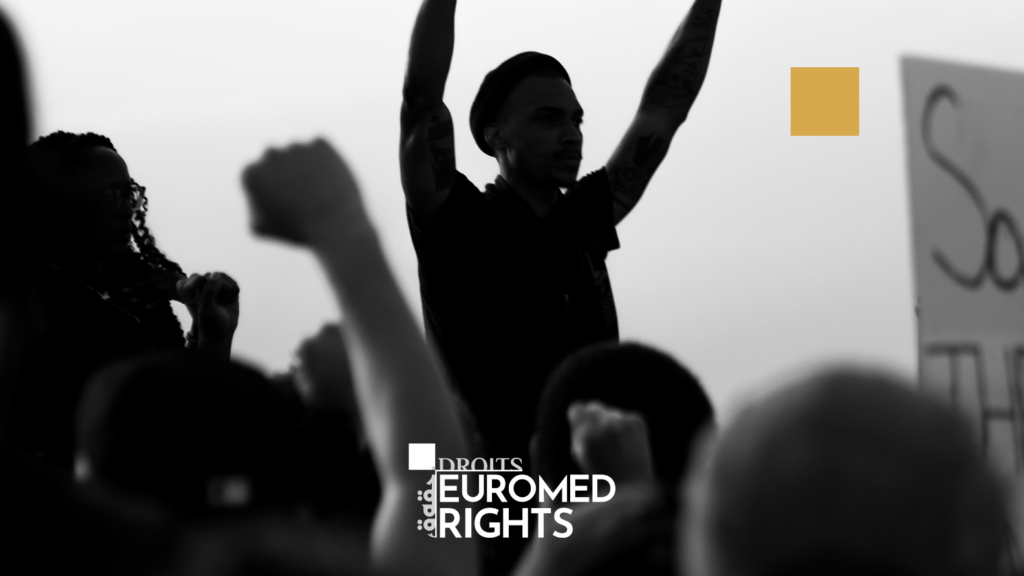In the early morning hours of 19 December 2000, over 10,000 members of the Turkish security forces commenced a simultaneous military raid into twenty prisons across Turkey. “Operation Return to Life”, as this planned military intervention was called, aimed to enforce the transfer of over a thousand prisoners into Turkey’s newly-constructed “F-type” prisons and to halt the widespread hunger strikes and “death fasts” of political prisoners who had been protesting against the introduction of F-type prisons since October 2000. By the time this operation was over, 30 prisoners lay dead alongside two dead prison gendarmes.
Since the 19 December operation, a total of 40 death fasters – all of them young prisoners and family members of prisoners between the ages of 19 and 45 – have also died, bringing the current total death toll of the Turkish prison crisis to 72 dead with many others seriously wounded, victim to torture or left with devastating mental and physical damage due to prolonged hunger striking.
Between 5-11 May 2001, the Euro-Mediterranean Human Rights Network, in conjunction with its member groups, the Kurdish Human Rights Project, the World Committee Against Torture and the Tunisian League for Human Rights, sent a fact-finding mission to Istanbul and Ankara to investigate the events of the “Return to Life” prison operation and the repression of human rights defenders – including medical doctors, journalists and lawyers – in the context of Turkey’s current F-type prison crisis.
The mission interviewed many individuals and organisations – both governmental and nongovernmental – involved in the prison crisis including: relatives of political prisoners; a political prisoner from the Bayrampaşa Prison who survived the “Return to Life” operation; the Ministry of Justice’s Director General of Prisons and Detention Centres, Ali Suat Ertosun; and a wide range of independent human rights organisations including associations of lawyers, medical doctors, human rights defenders and journalists. On 7 May 2001, the mission observed a hearing in a case against the headquarters of the Human Rights Association (IHD) at the State Security Court in Ankara.
The key issues of concern which came out of this mission are:
- Overwhelming and disproportionate force was used during the operations of December 2000, when Turkish police and military conducted large-scale raids of twenty prisons in order to forcibly transfer more than a thousand prisoners into Turkey’s new F-type prisons; in this process, fundamental rights including the right to life and to personal integrity were violated.
- The F-type prison regime introduced by the Turkish Government fails to guarantee essential and internationally recognised rights of prisoners such as the rights of association with others and access to lawyers. It has also made prisoners more vulnerable to torture and ill-treatment. The F-type prison regime violates international standards and has been severely criticised by international bodies such as the CPT.
- Torture and ill-treatment is prevalent in Turkish prisons generally, a fact that has been established by the European Court of Human Rights as well as other international human rights bodies. Torture and ill-treatment, including beatings, rape and the denial of medical treatment, is occurring in the F-type prisons and during the transfer of prisoners to them. There is a culture of impunity that allows this situation to continue.
- The Turkish Government has handled the hunger strike and death fast in a manner that further violates human rights and is an affront to human dignity, while prolonging the suffering by refusing to seek a resolution.
- The Turkish authorities have intimidated, persecuted and initiated criminal cases against human rights defenders, journalists, lawyers and others who voice criticism of the Government’s handling of the prison crisis, also violating human rights standards that Turkey has committed itself to uphold such as the rights of freedom of expression and association.
After a brief introductory background section, this report sets out the main applicable human rights standards. Following this, the mission’s findings are presented in two main sections. The first deals with the prison crisis itself, while the second looks at the repression of human rights defenders. The mission’s conclusions and recommendations follow.

